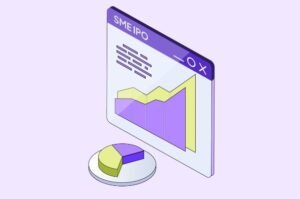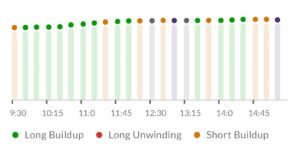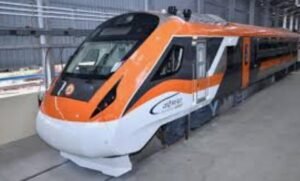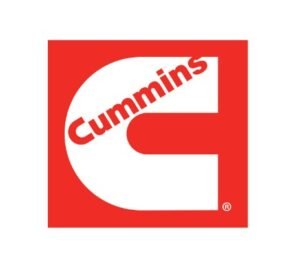
In-Depth Analysis of the Indian Footwear Industry
*Introduction*
The Indian footwear industry is a crucial component of the national economy, significantly impacting industrial development and contributing to global footwear production. With its evolving landscape shaped by fashion trends, technological advancements, and changing consumer preferences, India has established itself as a major player in the global footwear market.
*Current Landscape of the Indian Footwear Industry*
India stands as the world’s second-largest footwear producer, behind China, accounting for approximately 13% of global production. The country’s production volume reaches around 2,209 million units annually, which is substantial though still significantly less than China’s 14,200 million units.
*Market Share and Export Data:*
* *Production*: India produces 2,209 million units of footwear, placing it second globally after China.
* *Exports*: India holds a 2.2% share of global footwear exports, ranking as the ninth-largest exporter. Exports have seen growth, increasing from $1.9 billion in FY21 to $2.5 billion in FY24.
* *Market Composition*: Casual footwear is dominant in the market, representing about two-thirds of the total retail market. Men’s footwear accounts for 58% of the market, with non-leather footwear holding a 56% share.
*Challenges and Issues*
Despite its growth, the industry faces several challenges:
1. *Unorganised Sector*: Approximately 70% of the footwear industry is unorganised, leading to issues in quality control, branding, and overall industry cohesion.
2. *Counterfeit Products*: The proliferation of counterfeit products impacts brand reputation and consumer trust.
3. *Shrinking Margins*: Intense competition and low margins pressure profitability.
4. *Inventory Management*: Complex inventory management remains a significant hurdle.
5. *International Competition*: Competition from low-cost markets like China, which supplies 38.2% of India’s total footwear imports, creates pressure on domestic producers.
*Key Drivers of Growth*
Several factors are fueling growth in the Indian footwear industry:
1. *Urbanisation*: Increasing urbanization drives higher demand for diverse footwear options.
2. *Rising Demand for Premium Footwear*: Higher incomes and changing consumer preferences are shifting demand towards premium products. The premium segment’s market share is anticipated to grow from 47% in FY21 to 49% by FY25.
3. *Population Growth*: India’s population is expected to reach around 1.5 billion by 2030, further boosting demand for footwear.
4. *Technological Advancements*: Innovations in manufacturing and design improve product quality and efficiency.
*Government Initiatives*
The Indian government has implemented several initiatives to support the footwear industry:
1. *Make in India Campaign*: Aims to boost domestic manufacturing and establish India as a global manufacturing hub.
2. *Export Promotion Schemes*: Under the Foreign Trade Policy 2023, initiatives such as the Market Access Initiative (MAI) Scheme, Trade Infrastructure for Export Scheme (TIES), and the Interest Equalisation Scheme (IES) support the industry’s growth and competitiveness.
*Investment Opportunities*
The Indian footwear industry presents numerous investment opportunities:
1. *Relaxo Footwear Limited*: India’s largest footwear manufacturer by volume, with over 350 stores. Known for its innovation and extensive in-house manufacturing.
2. *Bata India Limited*: A long-established player in the industry, Bata has embraced digitalization and e-commerce to expand its reach.
3. *Liberty Shoes Limited*: Renowned for its high-quality products, Liberty Shoes achieved a turnover of Rs 656 crores in 2023 and continues to innovate.
*Future Outlook*
The Indian footwear market, valued at $26 billion currently, is projected to grow to $90 billion by 2030. According to 1lattice, the market could reach Rs 190.9 thousand crores by FY28, with a CAGR of 11% between FY25 and FY28. The future looks promising with:
* Population Growth*: Increased population will drive footwear demand.
* Changing Preferences*: Millennials and Gen Z focusing on comfort and fashion create new market opportunities.
*Conclusion*
The Indian footwear industry is poised for significant growth, driven by domestic consumption, rising incomes, and supportive government policies. Despite challenges, the sector’s robust fundamentals and evolving market dynamics present attractive opportunities for investment and expansion.
#aasthafintech
www.aasthafintech.com












